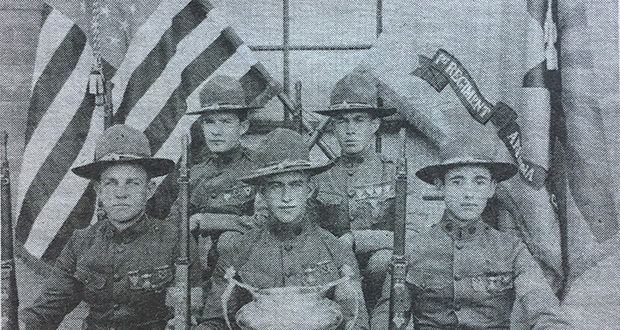Lost Origins of the Arizona Historical Society
Arizona Capitol Reports Staff//December 5, 2008//[read_meter]
Lost Origins of the Arizona Historical Society
Arizona Capitol Reports Staff//December 5, 2008//[read_meter]
Arizona Pioneer Historical Society meeting room on Camp Street in Tucson, circa 1903. Do not believe everything you read in print; even if it appears on the official letterhead of...
No tags for this post.

















